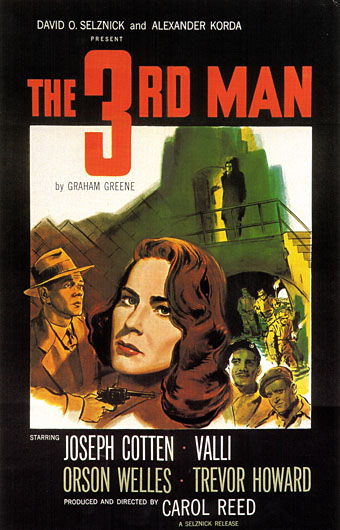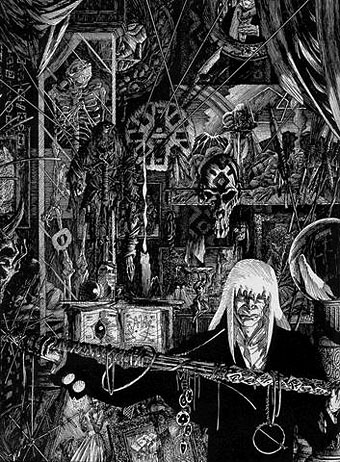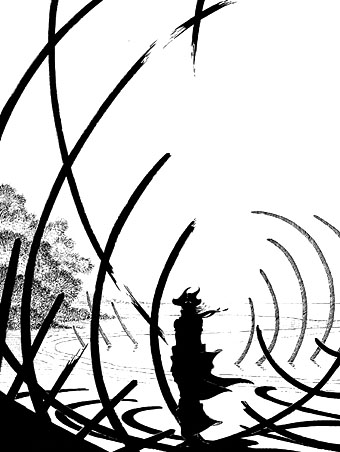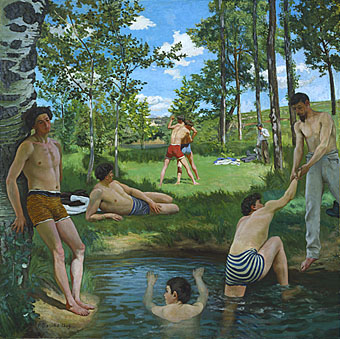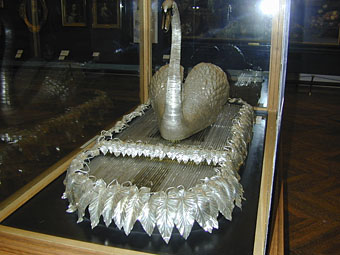
“I watched a silver swan which had a living grace about his movements and a living intelligence in his eyes.” Mark Twain, Innocents Abroad.
The Silver Swan is perhaps the best known and best loved object in The Bowes Museum. It is musical automaton in the form of a life-size model of a swan, comprising a clockwork mechanism covered in silver plumage above a music box. It rests on a stream made of twisted glass rods interspersed with silver fish. When the mechanism is wound up, the glass rods rotate, the music begins, and the swan twists its head to the left and right and appears to preen its back. It then appears to see a fish in the water below and bends down to catch it, it then swallows the fish as the music stops and resumes its upright position. The whole performance lasts about forty seconds. In reality the fish has been concealed lengthways on a pivot in the swan’s beak and returns to this position. In real life swans do not eat fish.
The Bowes Museum site has more details about John Joseph Merlin’s splendid swan and this page has a QT movie of the automaton in action.
